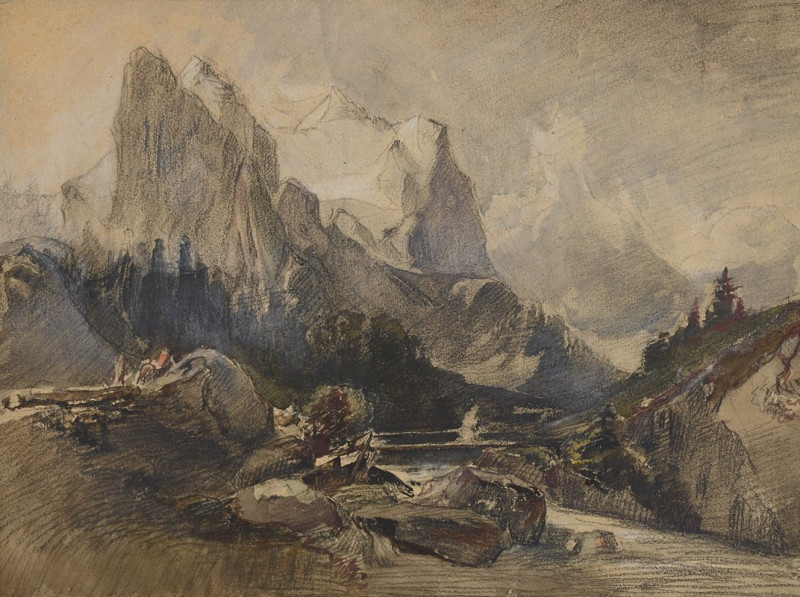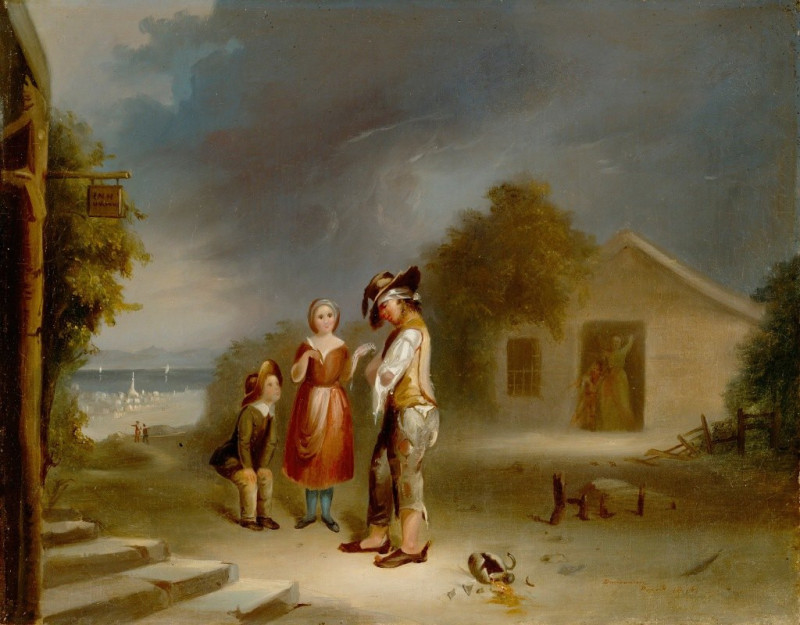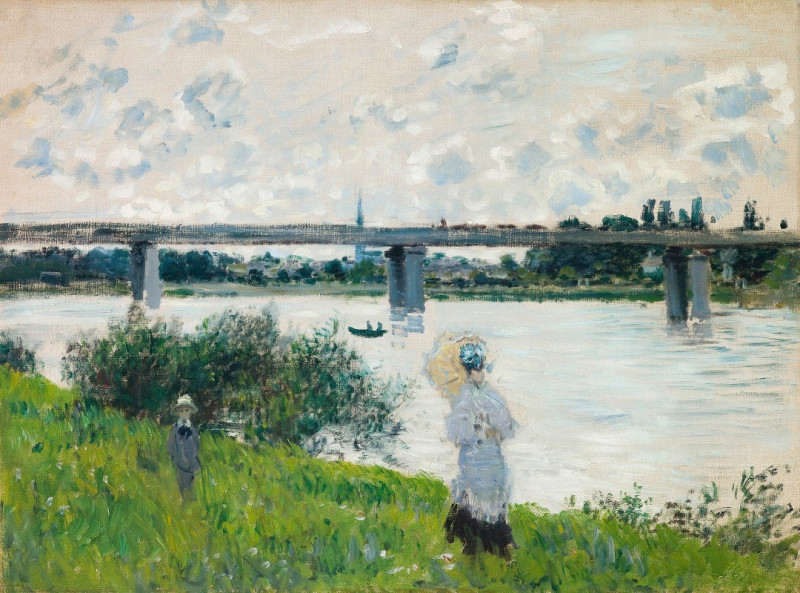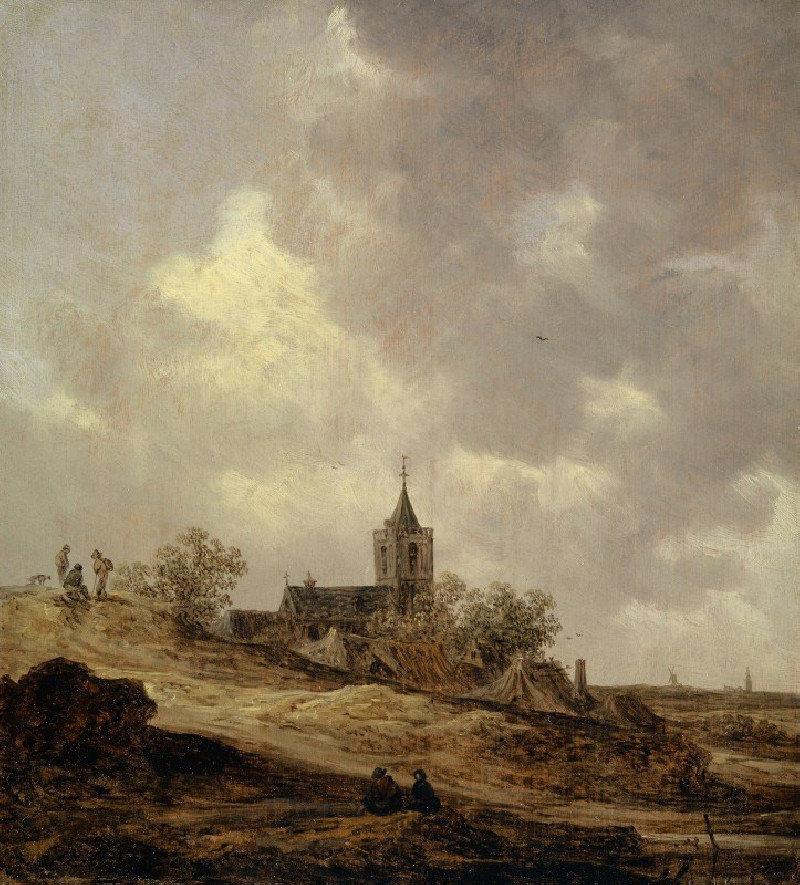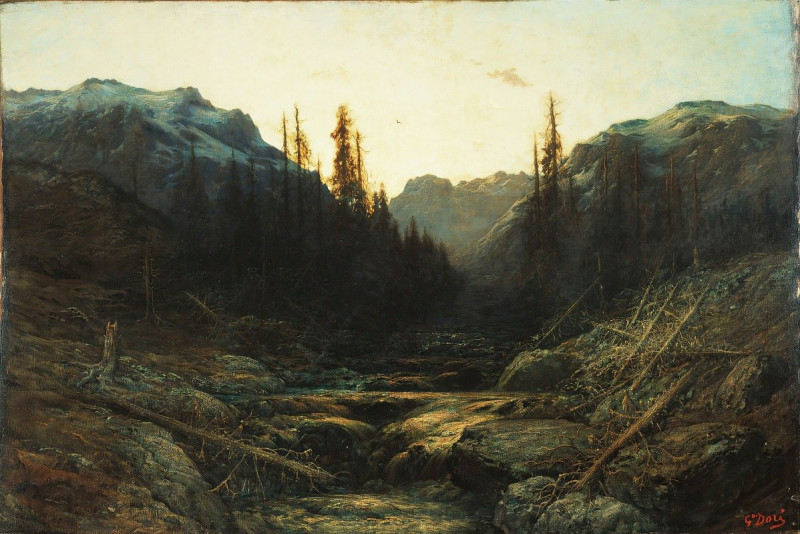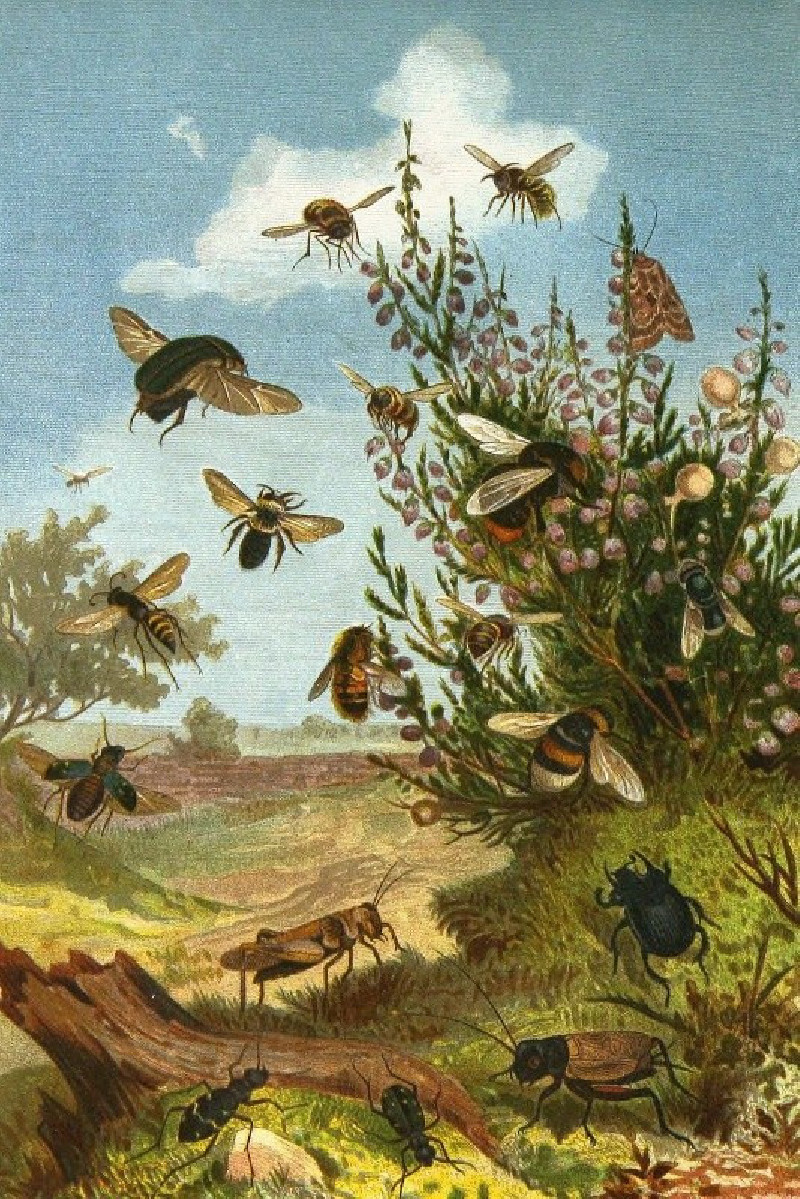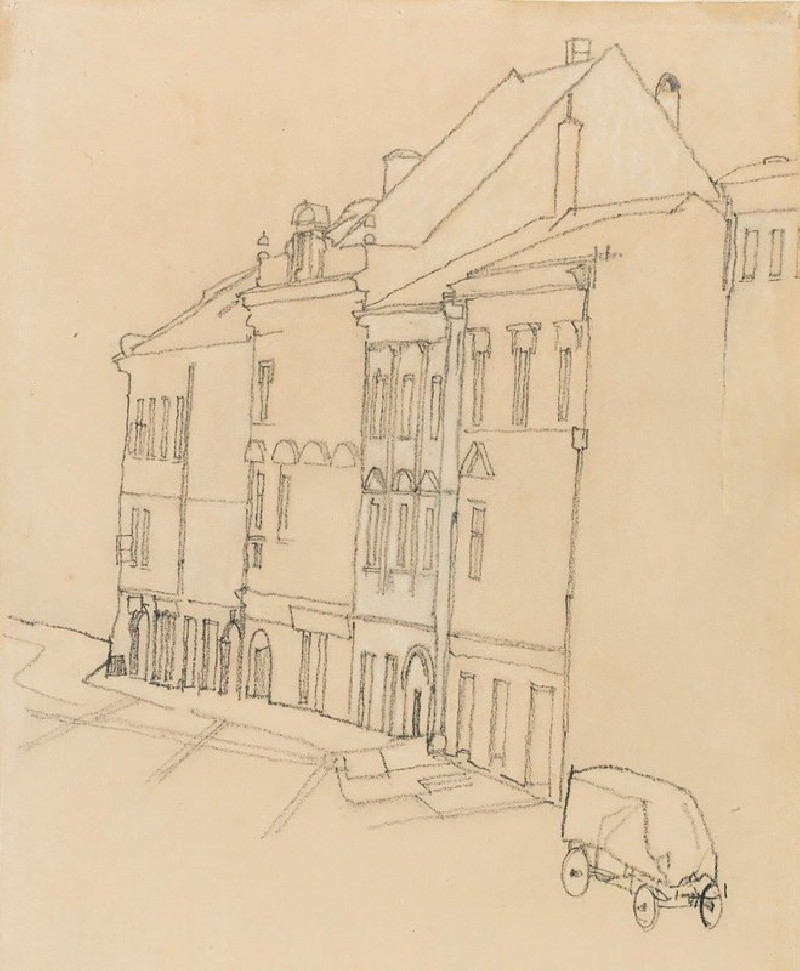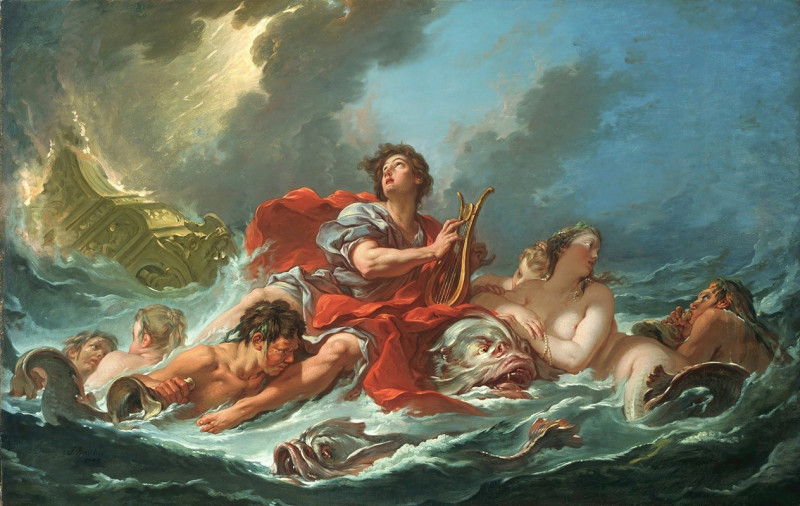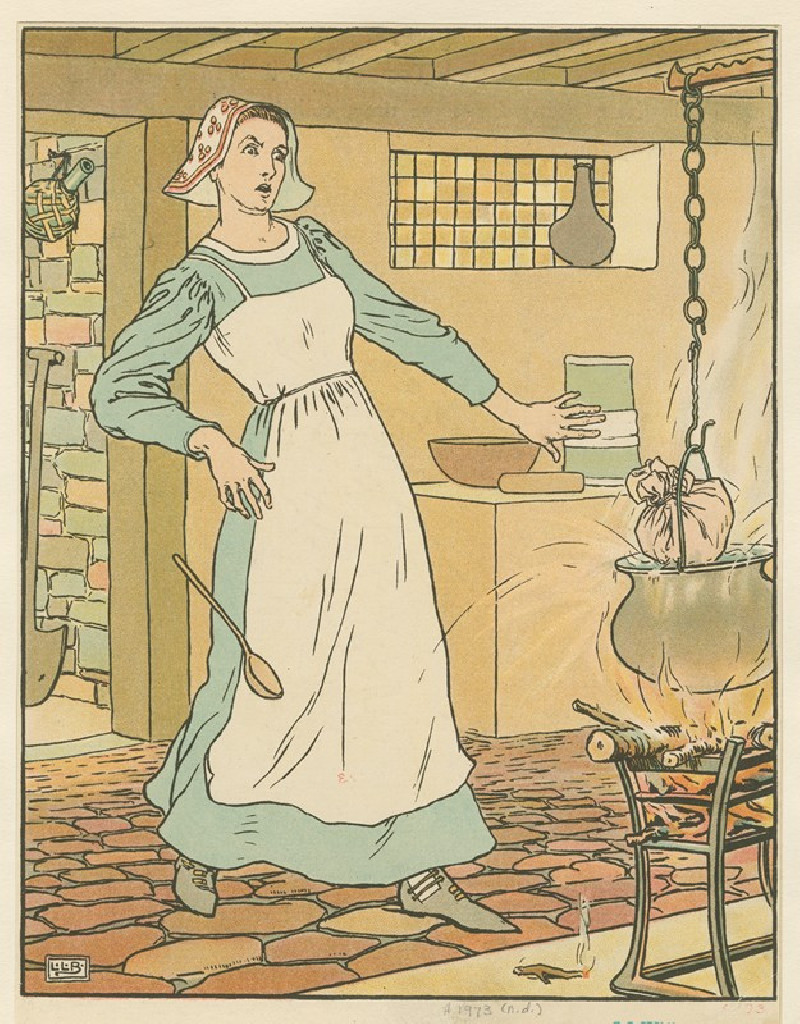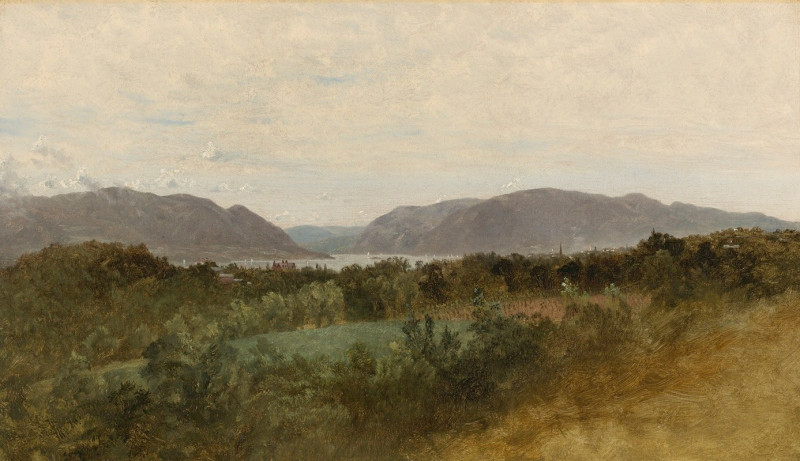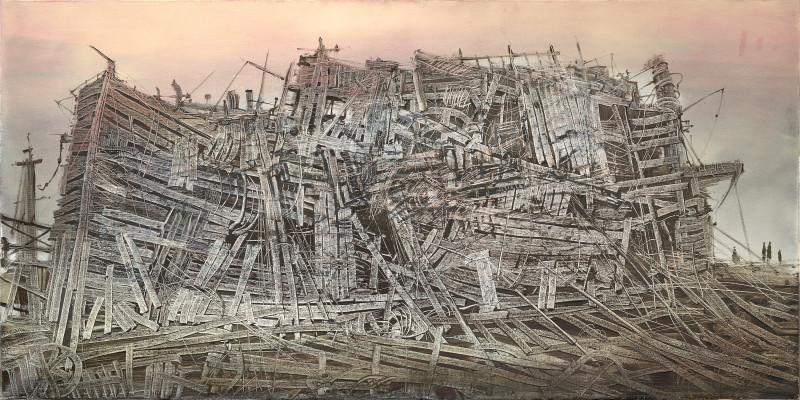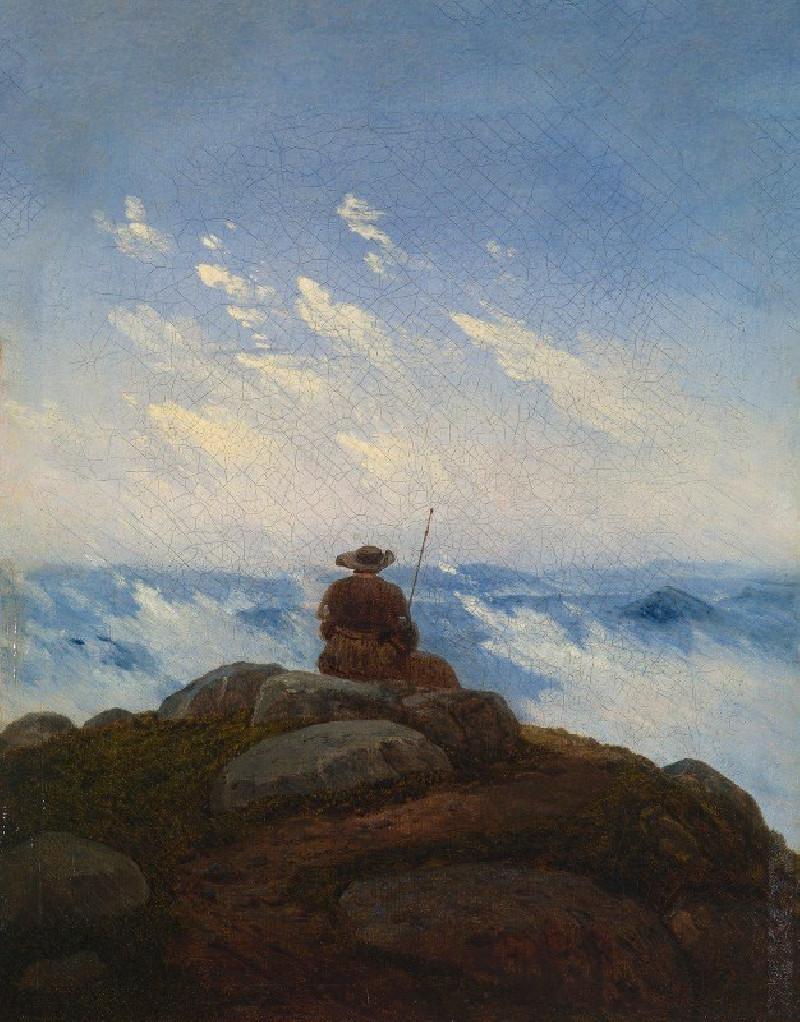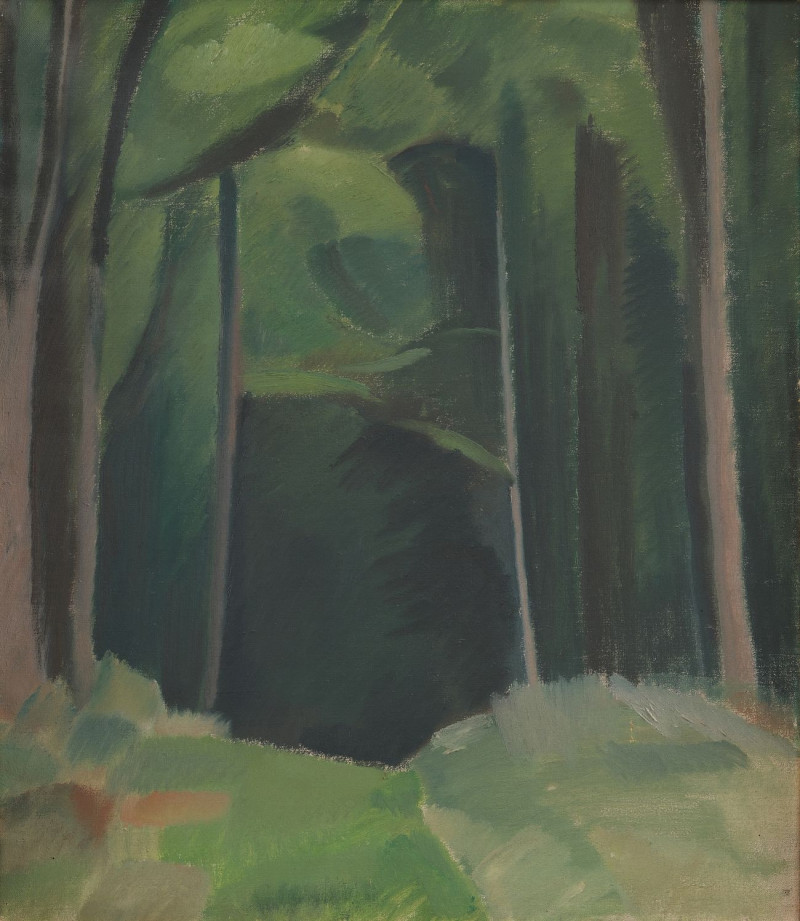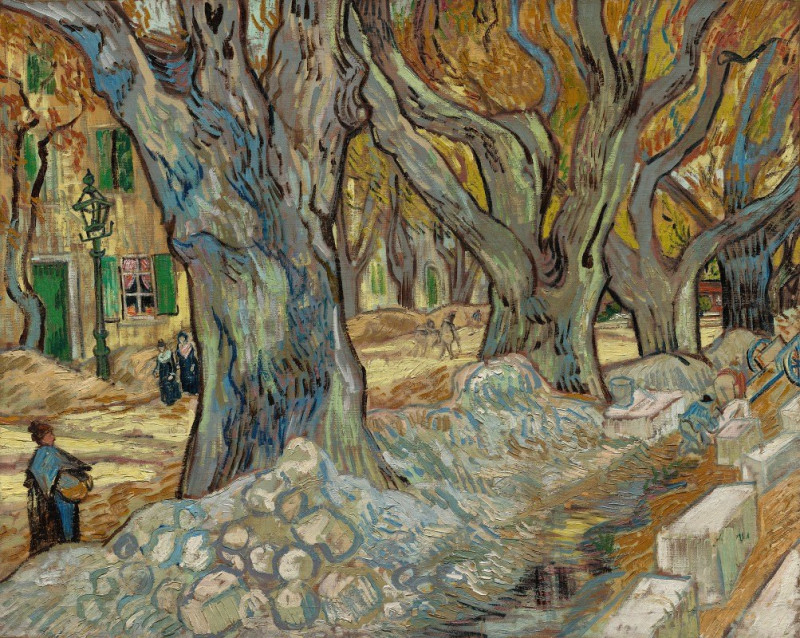Woman Bathing Her Feet in a Brook (1894)
Technique: Giclée quality print
Recommended by our customers
More about this artwork
This exceptional painting by Camille Pissarro, titled *Woman Bathing Her Feet in a Brook*, dated 1894, immerses the viewer into a tranquil natural scene depicting a simple yet intimate act of a woman bathing in a secluded setting. This artwork perfectly encapsulates Pissarro's masterful use of light and his delicate attention to the vivid landscape that surrounds his subjects.The painting shows a young woman delicately perched on a rock, her feet dipped into the fresh, clear water of a brook. The scene is enveloped in lush greenery, with thick brushwork and a mosaic of colors that bring the serene environment to life. Pissarro’s technique contributes to a palpable sense of peaceful solitude, evoking the sensory pleasures of cool water on skin and the quiet sounds of a forested area.Pissarro's composition focuses on natural beauty and the grace of everyday moments. The woman’s gentle pose and absorbed demeanor suggest a connection to nature that is both refreshing and deeply personal. Adjacent to her, a pair of discarded shoes serves as a reminder of the temporary departure from the routine, enhancing the overall sentiment of escape and relaxation.*Woman Bathing Her Feet in a Brook* is not just a visual exploration of color and light, but also a reflection on human interaction with nature, portraying a momentary return to the elemental joys of life.
Delivery
Returns
Blessed are they who see beautiful things in humble places where other people see nothing. — Camille Pissarro
Camille Pissarro (1830-1903) was born on St.Thomas (now the US Virgin Islands) to a Portuguese father and a Dominican mother. He went to Paris to study art at Ecole des Beaux-Arts. He was an early pioneer of pointillism and neo-impressionism and later became a mentor of many famous impressionist painters including Cezanne, Manet, Renoir, and Gauguin. His paintings depicted rural and urban French landscapes and lifestyle. Many of his works politically captured images of peasants and laborers. Today, he is considered the father of impressionism.

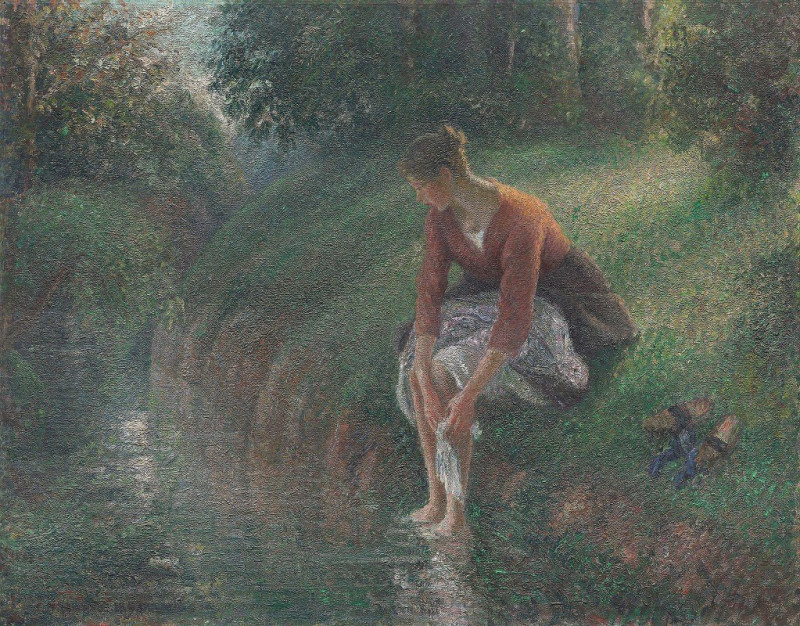






























![Interior of the mosque of the Metwalys [Metwalis]. (1846-1849) reproduction of painting by David Roberts. ALL GICLEE PRINTS](https://reprodukcijos.lt/39169-large_default/reproduction-of-interior-of-the-mosque-of-the-metwalys-metwalis-1846-1849.jpg)
